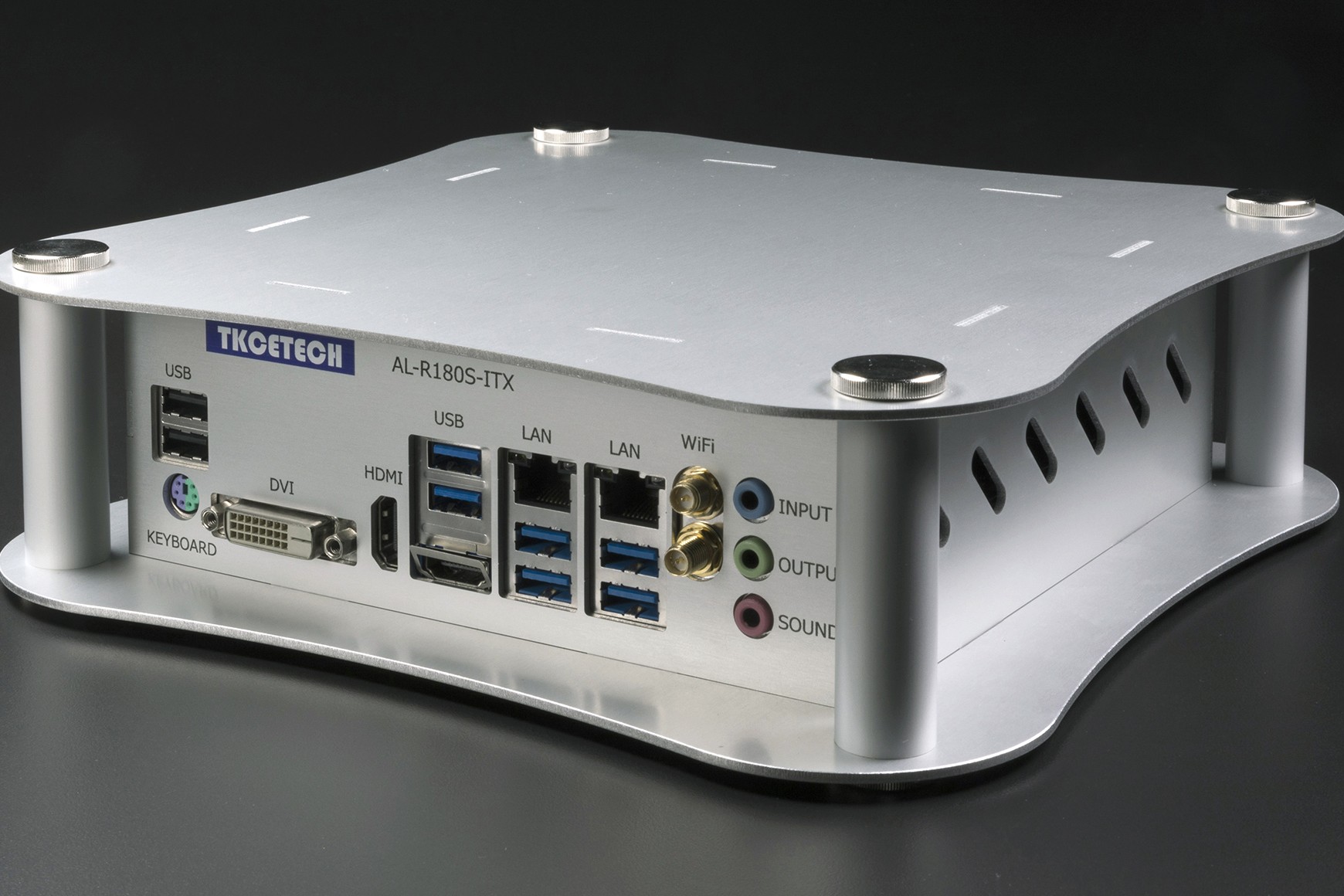
Enclosure design plays a crucial role in various fields, from architecture to electronics. But what exactly makes it so important? Enclosure design ensures that structures or devices are protected from environmental factors like dust, moisture, and temperature changes. This protection extends the lifespan of the item and maintains its functionality. Additionally, a well-thought-out design can enhance usability and aesthetics, making the product more appealing and user-friendly. Whether you're building a house, designing a gadget, or creating an animal habitat, understanding the principles of enclosure design can make a significant difference. Ready to learn some intriguing facts about this essential topic? Let's dive in!
What is Enclosure Design?
Enclosure design refers to the process of creating protective housings for various objects, from electronics to animals. These designs ensure safety, functionality, and aesthetics. Here are some intriguing facts about enclosure design.
-
Enclosure designs can range from simple boxes to complex structures with multiple compartments and features.
-
Materials used in enclosure design include metals, plastics, glass, and even wood, depending on the application.
-
The primary purpose of an enclosure is to protect its contents from environmental factors like dust, moisture, and physical damage.
Historical Context of Enclosure Design
Understanding the history behind enclosure design can provide insights into its evolution and significance.
-
Ancient civilizations used clay and stone to create enclosures for storing food and valuables.
-
The Industrial Revolution marked a significant shift, introducing metal and glass enclosures for machinery and delicate instruments.
-
In the 20th century, the advent of plastics revolutionized enclosure design, making it more versatile and cost-effective.
Enclosure Design in Electronics
Electronics enclosures are crucial for protecting sensitive components from external hazards.
-
Electronic enclosures often feature ventilation systems to prevent overheating.
-
Many electronic enclosures are designed to be electromagnetic interference (EMI) shielded, ensuring that devices do not interfere with each other.
-
Waterproof enclosures are essential for outdoor electronics, protecting them from rain and humidity.
Enclosure Design for Animals
Animal enclosures are designed to provide a safe and comfortable habitat for various species.
-
Zoos and aquariums use specialized enclosures to mimic natural habitats, promoting animal well-being.
-
Enclosures for pets, like cages and terrariums, are designed with ventilation and easy access for cleaning.
-
Farm animal enclosures prioritize space and shelter, ensuring animals have room to move and protection from the elements.
Industrial Enclosure Design
Industrial enclosures protect machinery and equipment in harsh environments.
-
These enclosures are often made from robust materials like stainless steel to withstand extreme conditions.
-
Industrial enclosures may include features like explosion-proof designs for hazardous locations.
-
Modular enclosures allow for easy expansion and customization in industrial settings.
Aesthetic Considerations in Enclosure Design
While functionality is crucial, aesthetics also play a significant role in enclosure design.
-
Sleek, modern designs can enhance the visual appeal of consumer electronics.
-
Transparent enclosures showcase the inner workings of a device, appealing to tech enthusiasts.
-
Customizable enclosures allow users to personalize their devices with different colors and finishes.
Environmental Impact of Enclosure Design
Sustainable practices in enclosure design can reduce environmental impact.
-
Using recyclable materials like aluminum and certain plastics helps minimize waste.
-
Designing for disassembly allows for easier recycling and repair of enclosures.
-
Energy-efficient manufacturing processes reduce the carbon footprint of enclosure production.
Future Trends in Enclosure Design
Innovations continue to shape the future of enclosure design, making it more efficient and adaptable.
-
Smart enclosures with built-in sensors can monitor and report on environmental conditions.
-
3D printing technology allows for rapid prototyping and customization of enclosures.
-
Biodegradable materials are being explored for eco-friendly enclosure options.
Challenges in Enclosure Design
Designing effective enclosures comes with its own set of challenges.
-
Balancing protection and accessibility can be difficult, especially for frequently used devices.
-
Ensuring compatibility with various components and systems requires careful planning.
-
Meeting regulatory standards for safety and performance adds complexity to the design process.
Interesting Facts About Enclosure Design
Here are some additional fun and surprising facts about enclosure design.
-
The first patent for an electronic enclosure was filed in the early 1900s.
-
Some enclosures are designed to be tamper-proof, preventing unauthorized access.
-
Enclosure design is a multidisciplinary field, involving engineering, materials science, and industrial design.
Final Thoughts on Enclosure Design
Enclosure design isn't just about aesthetics; it’s about functionality, safety, and efficiency. Whether you're designing for electronics, animals, or even gardens, the principles remain the same. Materials play a crucial role in determining durability and protection. Ventilation and accessibility ensure that whatever's inside remains in optimal condition. Customization allows for specific needs to be met, making each enclosure unique. Remember, a well-designed enclosure can extend the lifespan of its contents, reduce maintenance, and even enhance performance. So next time you think about creating or choosing an enclosure, keep these facts in mind. They’ll help you make informed decisions that benefit both the enclosure and its contents. Happy designing!
Was this page helpful?
Our commitment to delivering trustworthy and engaging content is at the heart of what we do. Each fact on our site is contributed by real users like you, bringing a wealth of diverse insights and information. To ensure the highest standards of accuracy and reliability, our dedicated editors meticulously review each submission. This process guarantees that the facts we share are not only fascinating but also credible. Trust in our commitment to quality and authenticity as you explore and learn with us.
